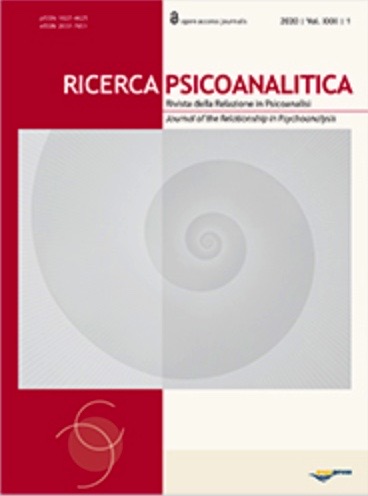Nuove prospettive sui sintomi e simboli nel caso di Clara e il loro ruolo nel processo terapeutico
All claims expressed in this article are solely those of the authors and do not necessarily represent those of their affiliated organizations, or those of the publisher, the editors and the reviewers. Any product that may be evaluated in this article or claim that may be made by its manufacturer is not guaranteed or endorsed by the publisher.
Autori
Il trattamento di Clara descritto dalla dott.ssa Marina Amore fornisce nuove intuizioni sul ruolo delle funzioni somatiche nello sviluppo dei disturbi emotivi e nella comunicazione terapeutica. Secondo la teoria del processo referenziale le descrizioni di specifiche esperienze corporee possono servire a costruire connessioni con il modo simbolico e verbale quando le narrazioni che coinvolgono persone ed eventi della vita non sono accessibili. Durante i 10 anni di trattamento, i racconti di Clara dei suoi gravi sintomi nevralgici e delle sue esperienze corporee ed emotive nelle sue interazioni con la dott.ssa Amore le permisero alla fine di parlare delle esperienze passate e presenti con i suoi genitori e le altre persone, e di ricostruire schemi delle emozioni che erano state dissociate. Le sensazioni corporee della dott.ssa Amore nelle sue interazioni con Clara l'hanno guidata nel lavoro terapeutico e hanno inoltre aperto una nuova comprensione delle esperienze nella sua stessa vita. Il processo referenziale può essere visto come un processo che ha avuto luogo in profondità tra e dentro i due partecipanti mentre riconoscevano il processo di crescita di Clara e lavoravano anche per risolvere il loro senso di perdita nella fase finale.
Come citare
PAGEPress has chosen to apply the Creative Commons Attribution NonCommercial 4.0 International License (CC BY-NC 4.0) to all manuscripts to be published.










